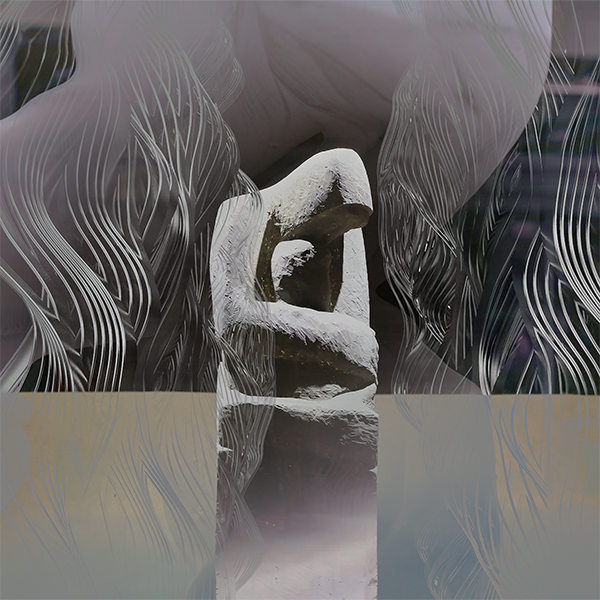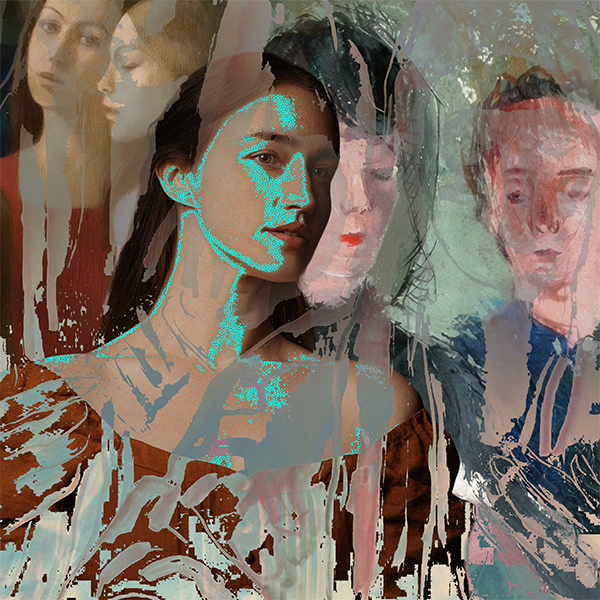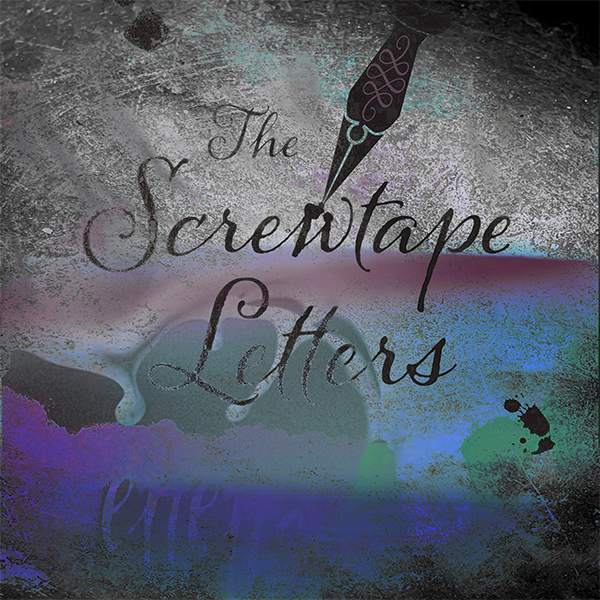The Great Vigil: The Best Liturgical Practice You’ve Never Heard Of
Bonfires. Storytelling. Midnight parades through the neighborhood. Banging on the church door.
One of the earliest known liturgical scriptural traditions of the church was a gathering of people sitting in the dark, telling the stories of God’s faithfulness. They were a people dripping with expectation. Their ancestral lineage had fashioned them into a people that had been shaped precisely out of darkness and death into new life. The practice of the Easter Vigil was the first of what would be a formal cycle of celebration for the church. And it rehearsed in habitual form the mythological beauty of God’s transformative work of redemption.
The Easter Vigil, in its contemporary form, is seen across Christian traditions. It is celebrated within the services known as “The Triduum” in most liturgical-oriented churches. It may ring a more familiar bell of a “Sunrise Service” experience among evangelicals. But the roots of the Easter Vigil are deep and visceral.
Mystery, Silence, Darkness, then…Resurrection.
The Easter Vigil treads in the waters of the mystery of God, encapsulated in four components:
- Exsultet (A long song declaring the arrival of Christ—offering your imagination a spark)
- The readings of scripture
- The service of baptism
- The service of the eucharist.
But don’t be fooled by the organization. The entire event lives on the breath of the mystery of God and the drama of the Great Narrative.
The stories of the Easter Vigil are at the crux of where God’s mysterious silence transforms into redemption. Over and over, they tell prophetically of resurrection through the story of Israel. Tracing the “why’s” of liturgical practices can get a bit murky, but what is thought may be the earliest foundation for the Pascha readings is taken from a single grand poem from the Palestinian Targum on Exodus, translated as “The Poem of the Four Nights.” One author says this:
The Poem is a wide and elegant application of what the paschal night means, and its power resides in its poetry more than in any single reference or references.[1]
It weaves together with the Hebrew text God’s creative birthing in the silence of four pivotal nights of Christian history: the night of creation, the night of Abraham’s sacrifice, the night of Passover, and the night of the Messiah. It tells four stories as one. One similar act describing God’s ultimate artistry—creation through redemption.
Throughout history, the church has used these four stories and others to tell itself in the wake of the death of Jesus: God is still faithful. God, in Jesus, is birthing a new creation out of this dust. Sing it again, Lord.
And so we tell the stories in the Vigil—of creation, of Noah and the ark, of Abraham’s sacrifice, of Israel’s deliverance from Pharaoh, of the dry bones being enlivened with breath, and hearts being turned from stone into flesh. They are stories of birthing and baptism. And, fittingly, from this larger historical liturgy proceed baptisms and renewal of baptismal vows.
The Easter Vigil weaves God’s life-bringing mystery in the telling of 4 pivotal nights of Christian history: the night of creation, Abraham’s sacrifice, Passover, and the night of the Messiah. It tells these 4 stories as 1. Share on XThe Vigil Around the Block
Where I live, one Anglican church (Church of the Rez) has made this storytelling into a well of inspiration among their local parishioner artists. Their Easter Vigil infamously welcomes hundreds of Christians across the Chicagoland area to “ring in” (literally, with bells) the resurrection of Christ after an hour of theatrical, performance art storytelling of each of the vigil stories. Each artistic telling of the story is followed by a congregational song of response.
As an undergraduate student studying worship, I was graciously invited to participate with my piano instructor at her local Eastern Orthodox Paschal service where I first witnessed the weight and depth that the Paschal night holds. As we stood for hours singing amidst candlelight, we got lost in song and time. Later, we paraded in song around the church in the small corner of a Chicago neighborhood and alleyways, arriving finally back at the portly wooden front door to the church we had been occupying. And as we stood and let our melodies die into the cool, 3am-night-air, the silence was deafening. But soon, it was interrupted by three slow, deep blows of the iron door-knocker and accompanied by a voice reciting Revelation 3:20: “Behold, I stand at the door and knock,” followed by a call and response from in front and behind the doors. It was less a historical reenactment of the first Easter, and more a breathing of life into the images and stories I knew so well—the God of creation just waiting to breach the door with an overflowing redemption. It put hands and feet to the scriptures—smells, sounds, and glittering visions. I still cannot read those passages without knowing those moments again.
Our sister church, Life on the Vine, holds a giant bonfire on their property on the morning of their Easter celebration. As they build the fire and gather, family by family, sometimes shivering in the cold and singing Taize songs, they convene around a source of warmth and light breaking through the darkness. They listen to the scriptures pour over them and are warmed, lit, and stirred to a risen Christ.
Our own vigil at Peace of Christ Church has developed from some of these experiences. We began very simply, divvying up a story to each family as we gathered in our early “house church” days. Our children participate every year. And each year, in small and big ways, we hear a sweet harmony of gifts and experiences over the familiar melody of the same scripture texts. Some stories or songs have brought tears, like hearing a story of releasing control over the adoptive process interwoven with the story of Abraham. And some retellings—I’m thinking particularly of the LEGO stop-animation of the Exodus—have literally been dancing with joy. We’ve given extra time to sit, almost shiva-like, and share stories of our favorite things about Jesus’ life, as we wait with our vigil candles (carried back and forth from our homes since Good Friday) to hear a gospel surprise awake us from our sleep and lead us to the bridegroom.
Tell the Story
So if you’re community doesn’t celebrate the Easter Vigil, wherever you are: take some time to sit in the dark on Holy Saturday. Or better yet, grab a few friends. Be engulfed by it. And strike a light. Many a pastor and devoted Christian can easily pack the Easter weekend with excitement and wonder. But in the silence, there is something to be heard and learned—a mystery to be offered, something to be waiting for. And in a world filled with distraction and efficiency, silence often breathes life and remembrance by the Spirit.
Where might the Lord be re-telling this story in you this year?
Many a pastor and devoted Christian can easily pack the Easter weekend with excitement. But silence makes room for mystery, remembrance, and the Spirit. Share on X
[1] Bruce Chilton, The Book of Exodus, Vetus Testamentum Supplements, Volume 164. Brill, 2014.



